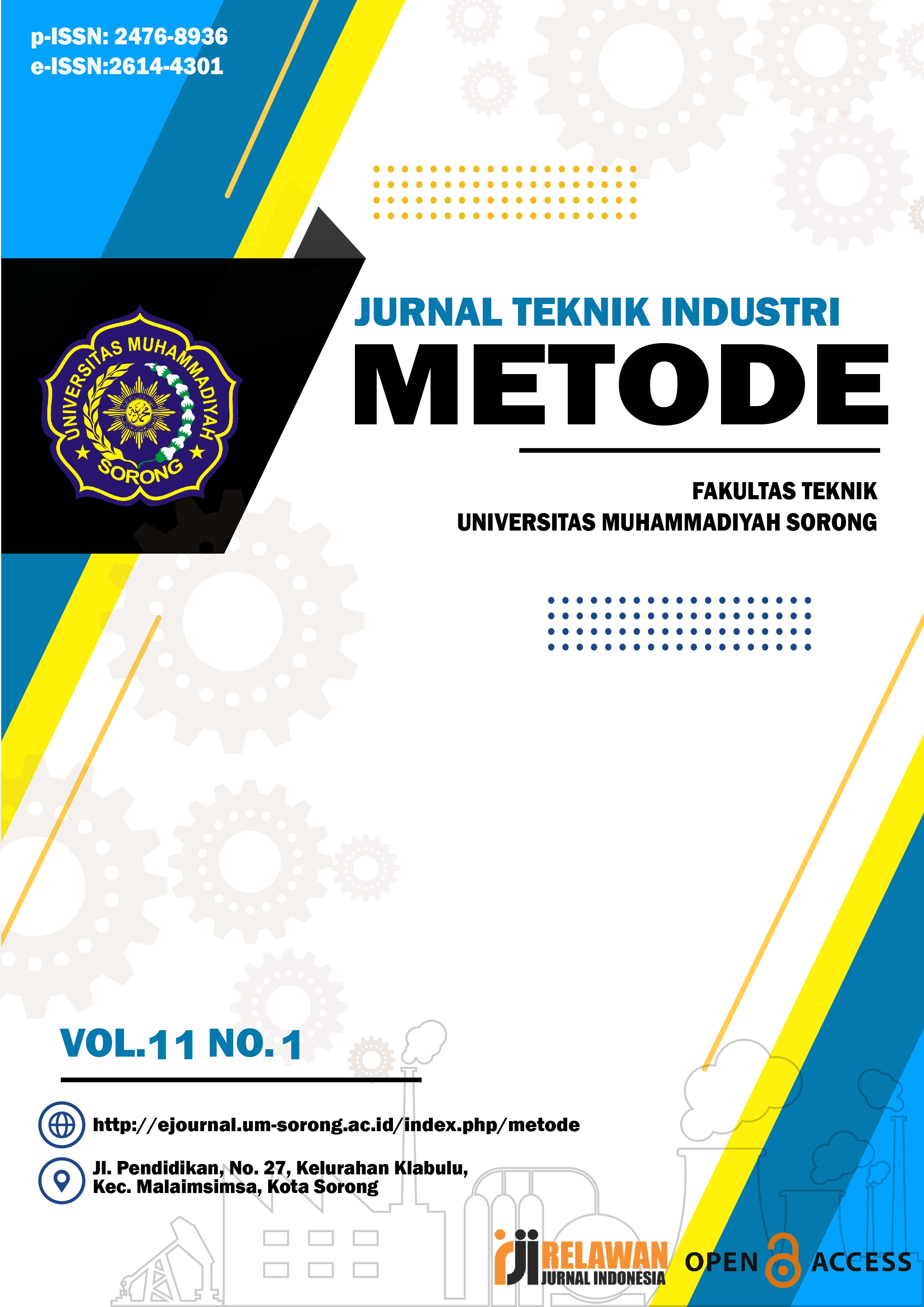Household Waste Management Model in Pejaten Village Kramatwatu Subdistrict
DOI:
https://doi.org/10.33506/mt.v11i1.4156Keywords:
casual loop diagram, community awareness, Pejaten Village, waste managementAbstract
Pejaten Village in Kramatwatu Sub-district faces a major challenge in household waste management with an ever-increasing volume of waste that could reach 300.73 tons per month by 2024. This increase is influenced by rapid population growth and low public awareness of the negative impacts of littering. The habit of disposing of waste in open areas and the lack of understanding about the importance of good waste management exacerbate the condition. This study aims to identify the main factors that cause high waste generation using the Causal Loop Diagram (CLD) approach. This approach allows mapping the cause-and-effect relationships of various variables that contribute to the problem, including unsustainable consumption patterns, limited waste management facilities, and low public awareness of environmental hygiene. The results show a complex interrelationship between environmental quality, availability of transport fleets, and community awareness. This research confirms the need for more structured and sustainable intervention measures in waste management, such as community education on the importance of sorting waste, improving waste management facilities, and optimizing the waste transportation system. It is hoped that these efforts can produce effective solutions to reduce the volume of waste, improve the quality of the environment in Pejaten Village, and build collective awareness of shared responsibility in maintaining environmental cleanliness.
References
Anggraeni, D. P., Renatasari, C., April, P., Pakpahan, R., Fitri, S., & Wati, A. (2024). Analisis Peningkatan Jumlah Transportasi Kota Surabaya Menggunakan Sistem Dinamik. KOLONI: Jurnal Multidisiplin Ilmu, 3(2), 2828–6863.
Apriani, A., Solo, M., Costa, M. Da, Manulangga, O. G. L. P., Studi, P., Lingkungan, T., & Pedro, U. S. (2024). Pemodelan Sistem Dinamis Pengolahan Sampah Organik di Kelurahan Oesapa Kota Kupang. 4(2), 367–375.
Kesuma, Z. M., Fradinata, E., & Fitri, A. (2021). Optimalisasi Tempat Tidur Menggunakan Model Sistem Dinamik Di Rumah Sakit Zainal Abidin Kota Banda Aceh. Statmat : Jurnal Statistika Dan Matematika, 3(1), 58–70.
Kristianto, A. H., & Nadapdap, J. P. (2021). Dinamika Sistem Ekonomi Sirkular Berbasis Masyarakat Metode Causal Loop Diagram Kota Bengkayang. Sebatik, 25(1), 59–67.
Kristianto, A. H., Siahaan, S. V. br, & Vuspitasari, B. K. (2022). Potensi Pengembangan Ekonomi Sirkular Kerakyatan Dan Solusi Permasalahan Sampah Tidak Terkelola (Studi Kasus Desa Sungai Duri Kabupaten Bengkayang). Jurnal Maneksi, 11(1), 231–236.
Mawengkang, H. (2020). Analisis Keputusan Menggunakan Pendekatan Model Causal Loop Diagram (CLD) Model Dinamik untuk Perencanaan Wisata Syariah Berkelanjutan. Jurnal Mantik, 4(3), 2288–2291.
Muliadi, M., Rukhayati, R., & Maisa, M. (2022). Sistem Pengelolaan Sampah Rumah Tangga Di Kecamatan Tawaeli. Sambulu Gana : Jurnal Pengabdian Masyarakat, 1(2), 35–38.
Rahman, M. (2021). Faktor Penyebab Dan Dampak Serta Kebijakannya Terhadap Permasalahan Pencemaran Sampah. Jurnal Program Studi Pendidikan IPS Fakultas Keguruan Dan Ilmu Pendidikan Universitas Lambung Mangkurat 2021, 1–5.
Safii, M., Husain, H., Wahyudi, M., & Zarlis, M. (2021). Model Dinamis Analisis Keputusan Penanganan Penyebaran Covid-19 Menggunakan Causal Loop Diagram. Jurnal Informatika, 8(2), 106–110.
Yusnita, T., Muslikhah, F. P., & Harahap, M. A. (2021). Edukasi Pengelolaan Sampah Plastik Dari Rumah Tangga Menjadi Ecobrick. El-Mujtama: Jurnal Pengabdian Masyarakat, 2(2), 117–126.
Downloads
Published
How to Cite
Issue
Section
License
Copyright (c) 2025 Indra Rizky Anugrah, Muhamad Zaky Alfariz, Timotius Christian Sapoe, Sahrupi Sahrupi

This work is licensed under a Creative Commons Attribution-ShareAlike 4.0 International License.









